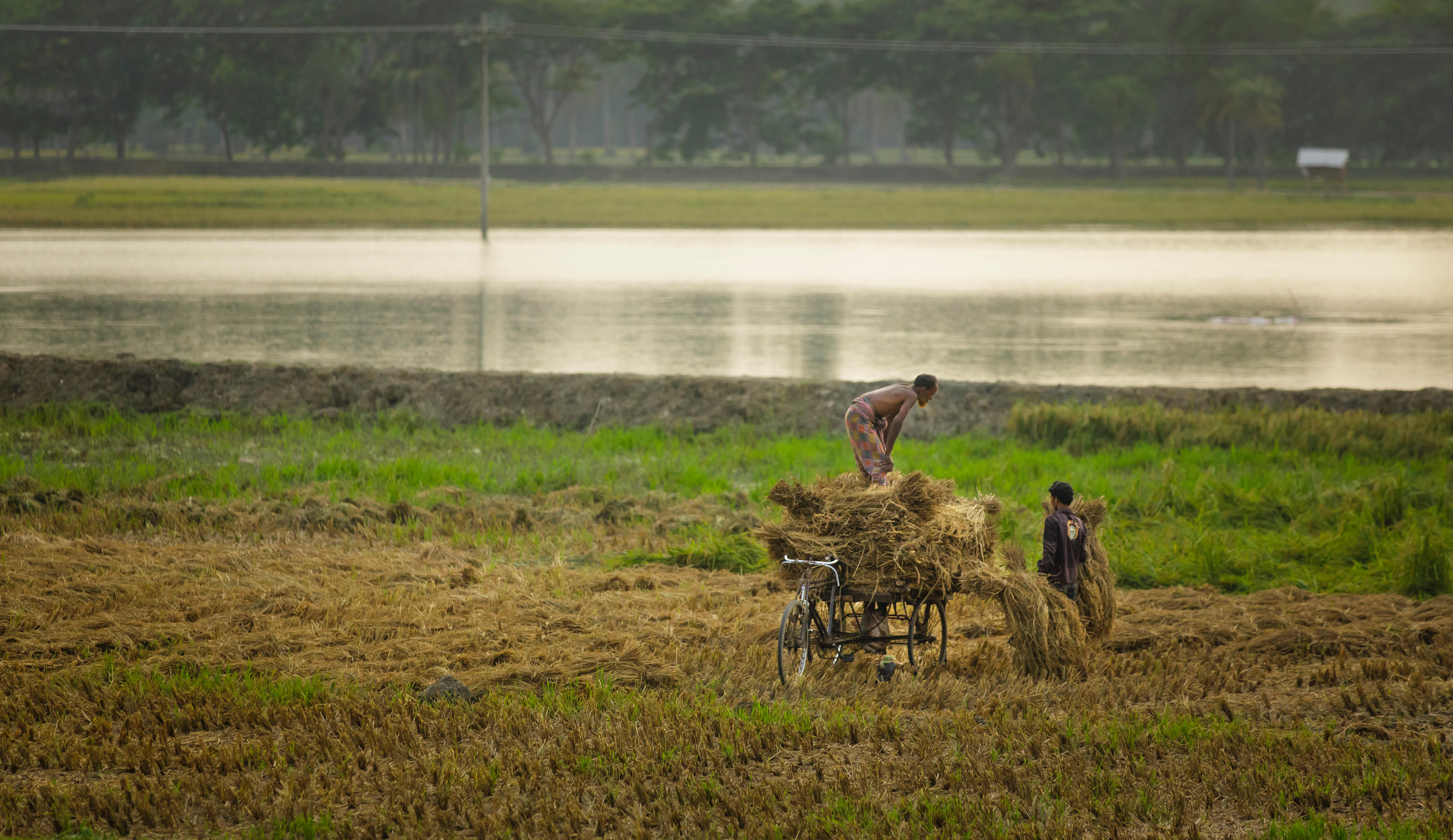Harvesting rice in Mongla in the Southwest of Bangladesh
Copyright© Thomas Trutschel/photothek.net
Environmental situation Natural resources under threat by economic growth and climate change
Soil erosion and deforestation are destroying forests, wetlands and farmland. The rise in industrial production is also taking its toll on the environment – for instance because untreated wastewater is being dumped into the country's rivers. In addition, a proportion of the country's drinking water is contaminated by natural deposits of arsenic. Drinking the contaminated water over long periods of time can cause serious illnesses.
Agriculture
Although agriculture in Bangladesh contributes only about twelve per cent of the country's value creation, some 38 per cent of the working population is employed in the agricultural sector. Rice is the most important crop. The fertile lowlands are regularly flooded, so that several harvests a year can be produced. Bangladesh is the world’s third biggest producer of rice after China and India, producing 35.65 million tons of rice.
So far, food production has kept pace with population growth, however Russia’s war of aggression on Ukraine has driven up the price of imported food dramatically. The government is trying to respond with subsidies. The country’s unstable climatic conditions further increase the risk of food crises. Floods are becoming more severe, with the result that harvests are being wiped out and improvements to infrastructure are being washed away. Experts reckon that climate change is likely to exacerbate these problems even further in the future, and that agricultural production will decline as a result.
As at: 14/02/2023
